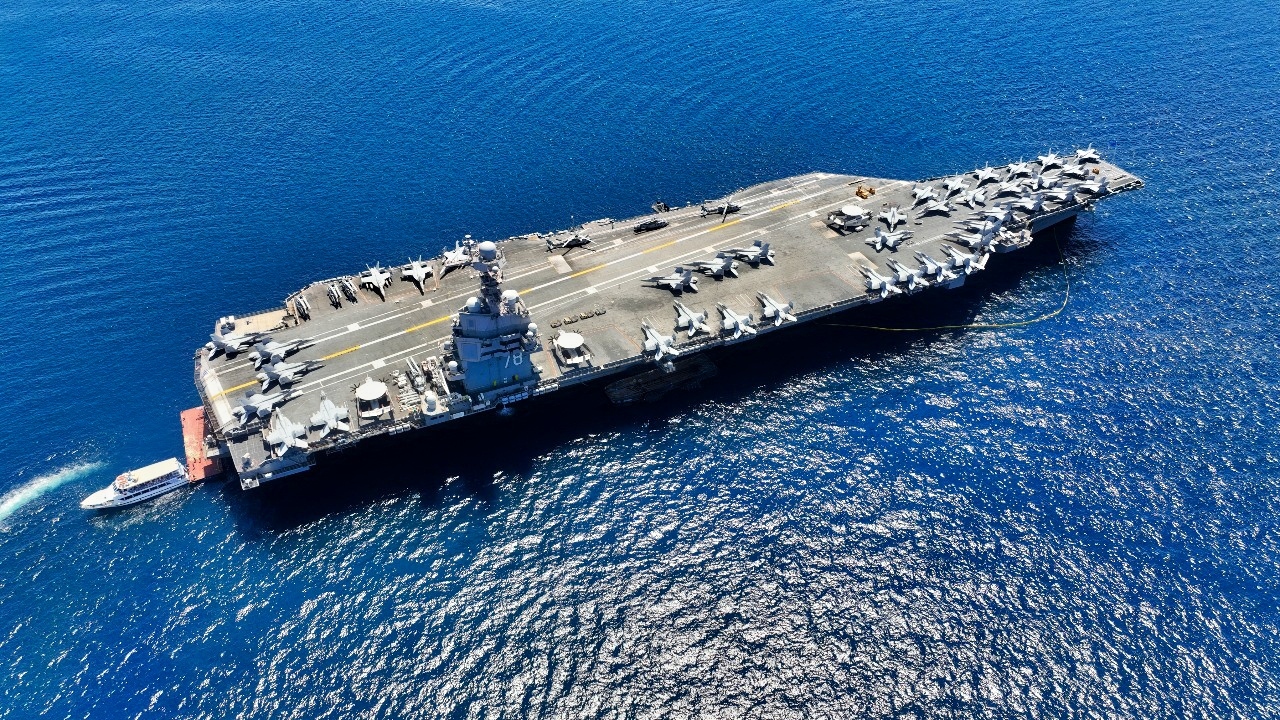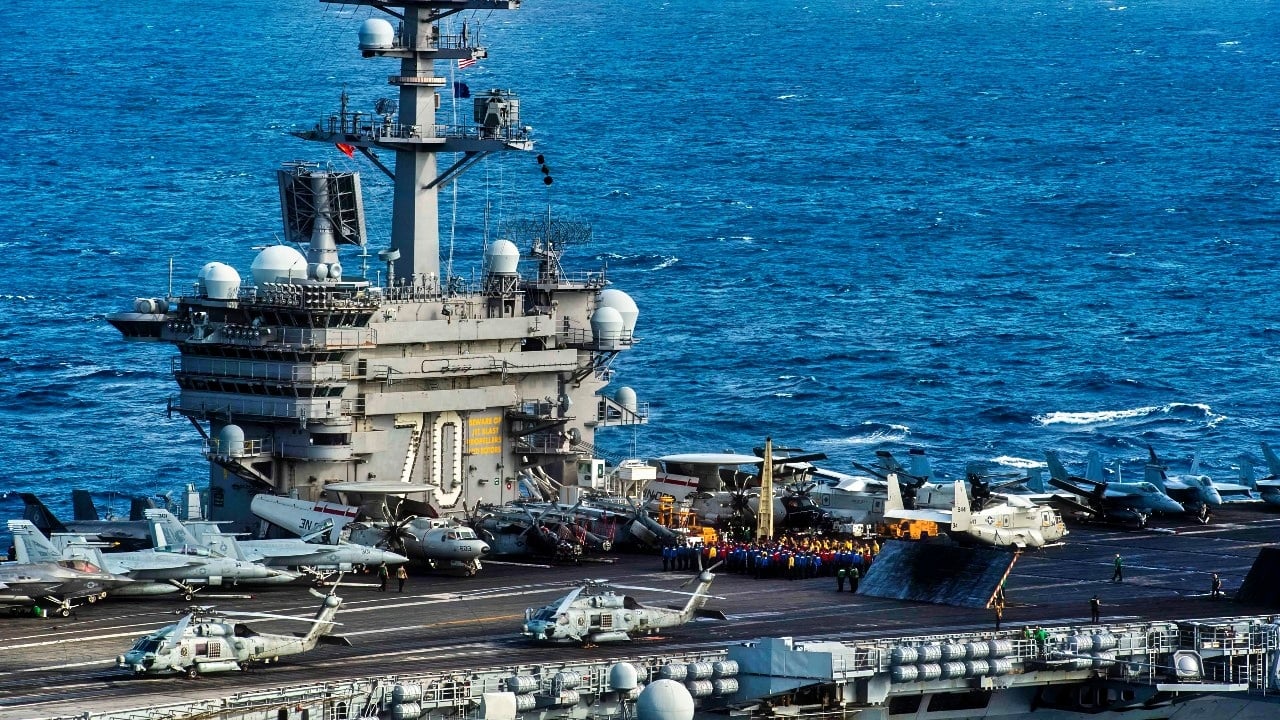Built to Sink Aircraft Carriers: China’s DF-21D is a Game Changer
It is probable that China has already flipped the military balance of power in places like the South China Sea and Taiwan Strait in its favor with the presence of such systems like the DF-21D missile.
China continues its long march toward international dominance. After having announced its intention to become the world’s leading superpower, displacing the United States, by the hundred-year anniversary of the founding of the People’s Republic of China (the year 2049), Beijing embarked upon a consistent, comprehensive strategy for first gaining parity with the United States militarily, technologically, and economically.

Now, the Chinese Communist Party (CCP) is moving fast to outpace the Americans.
One element of China’s strategy for defeating the Americans is its “anti-access/area-denial” (A2/AD) capability. Beijing has a strategy of denial when it comes to the region of the Indo-Pacific closest to its shores (the South and East China Seas, the Taiwan Strait, and even the Indian Ocean and Sea of Japan).
Toward that end, Beijing has built a robust arsenal of missiles, such as the Dongfeng 21 (DF-21). The most recent iteration of this platform that was originally introduced way back in the 1960s.
The History of the DF-21D
Introduced in the early 2010s, the DF-21D, the most recent variant of the DF-21 system, is a highly advanced system that possesses a maneuvering re-entry vehicle, allowing for it to target moving ships, notably U.S. aircraft carriers. The American carrier force represents the most significant military threat to Chinese forces in the Indo-Pacific.
If Beijing can reliably destroy or get the Americans to keep these expensive platforms away from any potential conflict, Chinese forces will have a high degree of strategic maneuvering room that might just allow for them to defeat the United States and its regional partners militarily.
Indeed, the DF-21 is first-and-foremost a psychological weapon to use against the jittery Americans. The United States has, in my opinion, over-invested itself in the aircraft carrier as a viable platform for power projection. Because of the extreme cost and complexity of these systems, the Americans are now at a strategic disadvantage in any engagement at sea with the Chinese.
That’s because A2/AD weapons, like the DF-21D, are relatively cheaper to produce and replace than U.S. aircraft carriers.

And with China’s superior mass production capabilities in the defense manufacturing sector, it can churn these relatively cheap and accurate DF-21 missiles out faster than the Americans can repair and/or replace carriers lost in battle. China knows this. America knows this. Which is why China hopes that the mere presence of swarms of these DF-21D missiles will be sufficient to get the Americans to restrain the deployment of carriers into contested regions.
Much More Than an Anti-Ship Ballistic Missile
But the DF-21D is so much more than just a potent anti-ship ballistic missile. The weapon system has sparked regional arms races, notably from Japan and India, who are now seeking similar capabilities of their own as well as better missile defense systems against these Chinese weapons.
It is probable that China has already flipped the military balance of power in places like the South China Sea and Taiwan Strait in its favor with the presence of such systems.
These systems are also giving China the ability to compete more effectively for dominance in places like the East China Sea, the Sea of Japan, and the Indian Ocean (hence why both India and Japan are now seeking their own counters to this threat).
Where Does Washington Go From Here?
It will take many years for the United States and its allies to correct the strategic imbalance that China has assiduously built for itself in places like the South China Sea and the Taiwan Strait. But the United States and its partners do not have that kind of time.
This is why, in all probability, China will make a bold move against places like Taiwan sooner than 2027. Washington deludes itself—and the world—with notions that it will be able to effectively prevent or rollback a Chinese blockade and/or invasion of Taiwan when Beijing finally decides to drop the proverbial hammer in the next two years.
About the Author:
Brandon J. Weichert, a National Interest national security analyst, is a former Congressional staffer and geopolitical analyst who is a contributor at The Washington Times, the Asia Times, and The-Pipeline. He is the author of Winning Space: How America Remains a Superpower, Biohacked: China’s Race to Control Life, and The Shadow War: Iran’s Quest for Supremacy. His next book, A Disaster of Our Own Making: How the West Lost Ukraine, is due October 22 from Encounter Books. Weichert can be followed via Twitter @WeTheBrandon.


